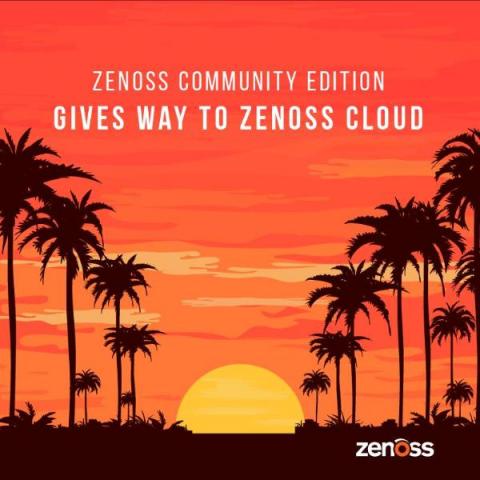What's a fair compensation for being on-call?
For the vast majority of organisations, it’s necessary to have some form of round the clock cover to support the business. Whilst it’s most commonly a concern for engineering, it’s increasingly common to have folks from various disciplines available out-of-hours. Irrespective of role, compensating people fairly is an important factor of running a healthy and effective on-call system.











